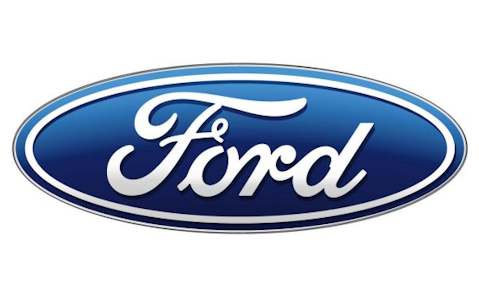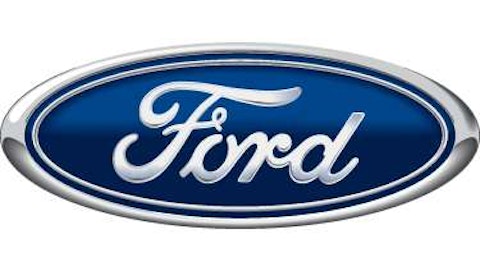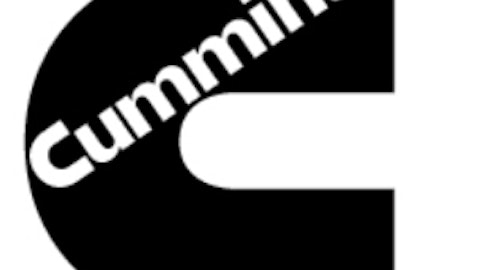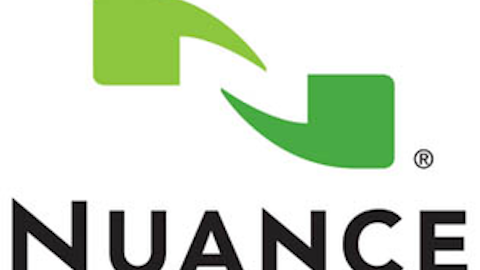I’m not sure what it was. Maybe I was just in a good mood. But I enjoyed the Super Bowl commercials more this year than last. There was one in particular that made my jaw drop, and not because it was the funniest or flashiest, but because it just flat out surprised me: The Mercedes-Benz commercial, with Willem Dafoe acting as the devil, showed the luxury CLA model with a sticker price starting at $29,900.

According to Edmunds, there are 27 vehicles in the luxury segment in the $25,000 to $35,000 price range. Looking specifically at the target line of $30,000, here is the list of vehicles competing.
| Model | Price |
|---|---|
| Meercedes-Benz CLA | $29,900 |
| Audi A3 Diesel | $30,250 |
| SAAB 9-3 Wagon | $30,330 |
| Acura TSX | $30,510 |
| BMW X1 | $30,800 |
| BMW 1 Series | $31,200 |
| Volvo S60 | $31,900 |
| Lexus CT | $32,050 |
| Audi A4 | $32,500 |
| Cadillac ATS | $33,095 |
| Saab 9-4X | $33,380 |
| Volvo XC70 | $33,600 |
| Hyundai Genesis | $34,200 |
| Lincoln MKZ | $35,925 |
It’s unbelievable that the Mercedes CLA comes in cheaper than all those luxury competitors. It also leaves me with mixed feelings. On one hand, the CLA’s price opens up a new potential customer base and puts extra pressure on Toyota and GM’s successful Lexus and Cadillac models. It’s also going to make reviving Ford’s Lincoln brand much more difficult. But on the other hand, Mercedes could have hurt its brand image by offering such a “cheap” Benz. And this isn’t just a one-off experiment: The CLA is the first of three models that will hit the $30,000 price target.
That’s not the only cause for concern. As the line between mainstream and luxury blurs, competition for sales will heat up more rapidly. The expansion of this segment could also come back to haunt automakers if demand for luxury vehicles takes a dive, forcing dealerships to increase incentives to stay competitive.
“Everybody seems to be expanding their product line, and you wonder if that isn’t going to lead to problems,” said Wilbur Ross, CEO of private-equity firm WL Ross, recently at the Automotive News World Congress. “It may lead to some more volatility in market share, and it may lead to, in effect, overcapacity in particular segments.”
Among the unlikely names entering the luxury segment are Ford, with its Lincoln MKZ sedan and MKC crossover; Kia, with its 2014 Cadenza premium sedan; and Volkswagen, with its CrossBlue crossover.
Factors to watch
The auto industry is finally recovering from the doom and gloom of the recession. There’s real momentum in sales and in the broader economy in general, and experts estimate that the U.S. auto market could reach 17 million units in sales by 2015. Margins, profits, and transaction prices are all up, while incentives remain low.
In that kind of environment, we have to make sure that increased competition and expanding product lines don’t lead to incentive wars or a loss of consumer trust with inaccurate statements — such as Honda’s recent overstatement of fuel-economy numbers.
With so many launches in new segments, companies also have to make sure they keep their rollouts flawless. Ford already fumbled when it didn’t get its new MKZ to dealers as promised in December, resulting in a 73% plunge in MKZ January sales as dealers ran out of 2012 models. Now Lincoln is going to offer dealers cash assistance to help keep customers who are frustrated by the delays.
As the MKZ episode illustrates, rushing into new segments — and making mistakes in the process — could be costly for automakers and investors alike, and it’s one area in particular to watch as companies exit their comfort zones and jump into this new luxury segment.
Bottom line
There’s an explosion of competition as automakers try to grow market share with these new product lines. Keep an eye on the factors I’ve discussed here, and watch incentives closely over the next few years. Investors who do will be able to spot tomorrow’s winner and realize nice portfolio gains in the process.
According to KPMG’s annual survey, 81% of auto executives polled believe VW will increase global share more than any competitor over the next five years. Which company do you think will come out on top? Let me know in the comments section below.
The article A Disturbing Trend for Automakers originally appeared on Fool.com and is written by Daniel Miller.
Fool contributor Daniel Miller owns shares of Ford. The Motley Fool recommends Ford and General Motors. The Motley Fool owns shares of Ford.
Copyright © 1995 – 2013 The Motley Fool, LLC. All rights reserved. The Motley Fool has a disclosure policy.




